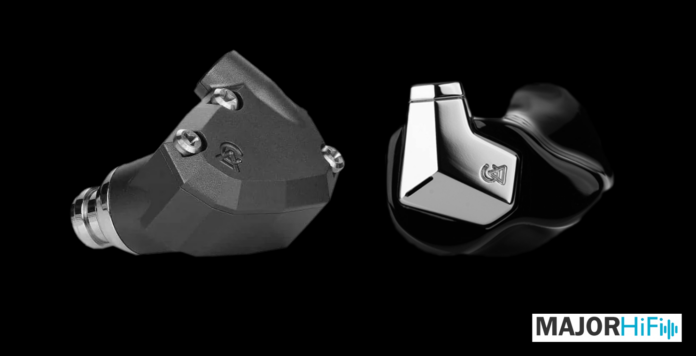The Campfire Audio Supermoon became a universal IEM this year, and it made for one of this year’s best. It quickly became one of my favorites from the Campfire Audio catalog, and it comes at the same price as one of my other favorites, the Andromeda. Does the Supermoon overtake the Andromeda completely, or is it hard to beat a classic?
What You Get
| Supermoon | Andromeda |
|
|
Look & Feel
Campfire Audio brought a CIEM look to the Supermoon, and it marks a new trend in their recent product line. The Andromeda also marked a change in design when it was released. I can see most people prefer the Andromeda’s design based on its size and simplicity. The aluminum green shell still gives off the appearance of high-end IEMs, while the Supermoon has a larger, more complicated mold that’s meant to be more ergonomic. The Supermoon looks a little cumbersome right out of the box through, however, I think it has a natural fit when worn.
Design
There are completely different driver principles going on with the Supermoon and Andromeda. The Andromeda uses 5 balanced armatures, while the Supermoon uses a 14mm planar magnetic driver. While you’ll find a lot of premium IEMs use some configuration including balanced armatures, planar drivers are a lot more rare here.
Soundstage
Regarding the spatial imaging of the Supermoon and Andromeda, these IEMs are pretty similar. The contrast comes into play in the scale of the sound elements. With the Supermoon, the individual instruments feel more precise and display themselves with better separation. The Andromeda also has some good scope to it, but the presentation of the soundstage doesn’t have the same head-encompassing nature that the Supermoon does. This might be due to the Andromeda’s more in-your-head display of its sound, and that works great for making sure the imaging has proper weight to it. I prefer the Supermoon’s wider soundstage, along with its more elegant localization.
Low End
Both of these IEMs are winners here, with the bass response highlighting each sound signature. If you’re looking for more ferocity in your bass though, the Andromda will be more up your alley. It doesn’t always have the clarity or realism that the Supermoon has, but it makes up for it in pure drive. This makes the Supermoon more my speed though, as it delivers more depth and texture to the low frequencies than the Andromeda. You get better thickness and warmth from the Andromeda, but the Supermoon gives you that underlining sub-bass vibration that crawls up from underneath.
Mids
One of the biggest differences between the Supermoon and Andromeda is its midrange timbre. With the Andromeda, you get an accentuated low-mid display, granting warmer and more intimate tracks. The Supermoon is a lot more even in its tonality and expresses a lot more transparency. Both IEMs have intimate qualities, but the Supermoon is better at revealing breathier details. Instruments are given great shape across the sound spectrum on both IEMs, with the Andromeda featuring more solidity, and the Supermoon featuring lush arrangments.
Highs
The Andromeda and Supermoon both showcased the highs in interesting ways. With the Supermoon, the highs are more natural and have a clean presence in the sound signature. The Andromeda, adds more color and detail to its treble, with better drive and tonal richness. You get a refined and accurate treble with the Supermoon, while the Andromeda revels more in its richer qualities. Both IEMs are very elegant with their high frequencies, and never feel limited or like they’re adding too much pressure to the frequency response through brightness.
Summary
As far as I’m concerned, the Andromeda will always be a classic, but the Supermoon has really impressed me. It might be my new favorite IEM from Campfire, overtaking the Andromeda’s spot. I still find a lot to love about the Andromeda, and some people might prefer its sound signature. Its bass and treble will definitely capture people’s tastes a lot easier, but I prefer the precision and soundstage that the Supermoon brings. You can’t beat the Andromeda’s design though, but the Supermoon is easy to get used to once worn. With both IEMs at $1,099, it really depends on your ears, but no matter what, I believe the Supermoon still jumps right to the front of Campfire Audio’s IEM library.
The Campfire Audio Supermoon and Andromeda 2020 are available at Audio46.
Compare the ranking of various headphones, earbuds and in-ear monitors using our tools.
Discuss this, and much more, over on our forum.
---MAJORHIFI may receive commissions from retail offers.















